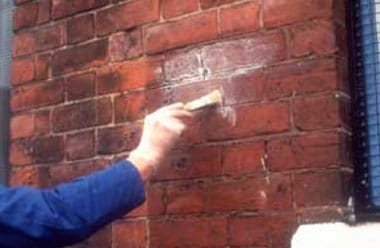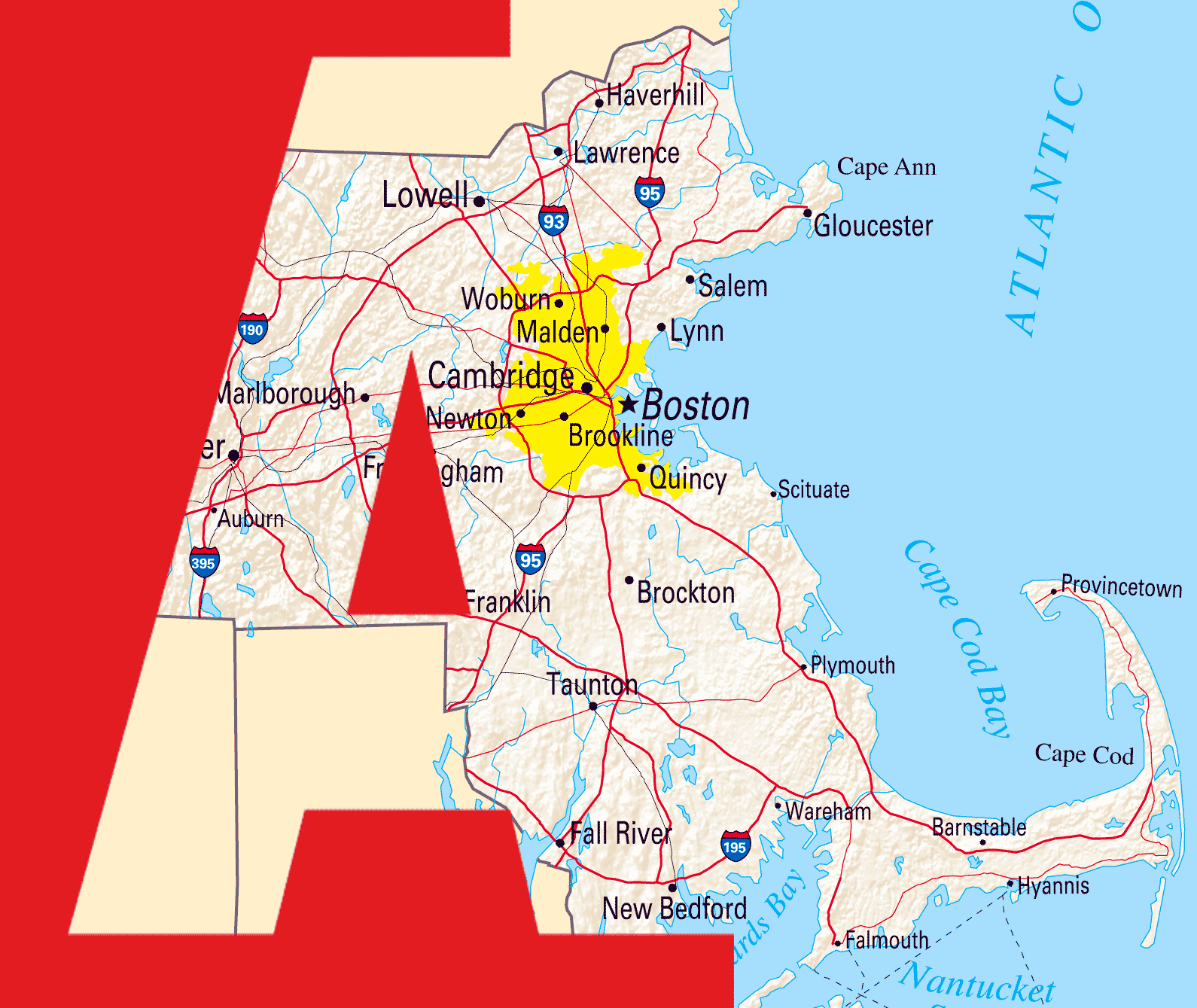Both concrete and brick buildings are susceptible to weather-related damage. In Massachusetts, we experience many types of weather conditions, sometimes in a single day. The most effective way to protect both concrete and brick masonry is through the use of weatherproofing techniques. Weatherproofing is an essential step in every commercial concrete or brick repair project our team undertakes.
Weatherproofing is crucial to effective commercial concrete and brick masonry repair. Here’s how both surfaces benefit from this protective technique.
Concrete
Concrete erodes over time, and exposure to moisture can accelerate the process. However, what many people don’t realize is that when ice or water damage becomes visible, the integrity of the structure has most likely already been compromised. To maintain strength and appearance, you need to weatherproof your concrete surfaces to increase their moisture resistance. Weatherproofing not only protects your concrete surface but also saves time, money, and labor on future maintenance.
Brick
Much like concrete, brick can suffer from significant damage if it lacks adequate protection. If water penetrates the brick or mortar, it can cause cracks in the wall. Water expands when it freezes, forcing the material out and forming cracks. Without the protection of weatherproofing, these cracks can continue to form until the wall fails.
Water also carries salts into brick walls, either leached from cement in the mortar or percolated from the ground. As the water evaporates, salt crystals (florescence) form either on the surface of the brick (efflorescence) or within the pores of the brick (cryptoflorescence). Efflorescence is unsightly but does not usually damage brick on its own. Cryptoflorescence, however, can seal water in brick pores, causing expansion damage or direct damage to the brick as the salt crystals expand.
Sealing Concrete and Brick
Sealing brick and concrete walls can prevent moisture from penetrating junctures exposed to severe weather. Exterior masonry coatings and sealers are considered water-repellent but not waterproof. Nevertheless, when properly applied, these compounds alter the capillary angle of the pores in the face of the masonry wall, changing it from positive (suction) to negative (repellency). In certain situations, coatings and sealers can also bridge or fill hairline cracks or separations in the face of masonry walls, providing some protection from damaging freeze-thaw cycles.
Through-Wall Flashing
Ideally, brick and concrete masonry are designed to shed water. However, through-wall flashing provides the best defense against water penetration. Through-wall flashing is an impermeable membrane placed in the wall that extends from the sheathing, across the air space, and to the exterior of the brickwork. Properly installed flashing keeps water from penetrating through a wall face. Through-wall flashing at grade level prevents water from seeping into the upper section of a wall from the below-grade masonry.


